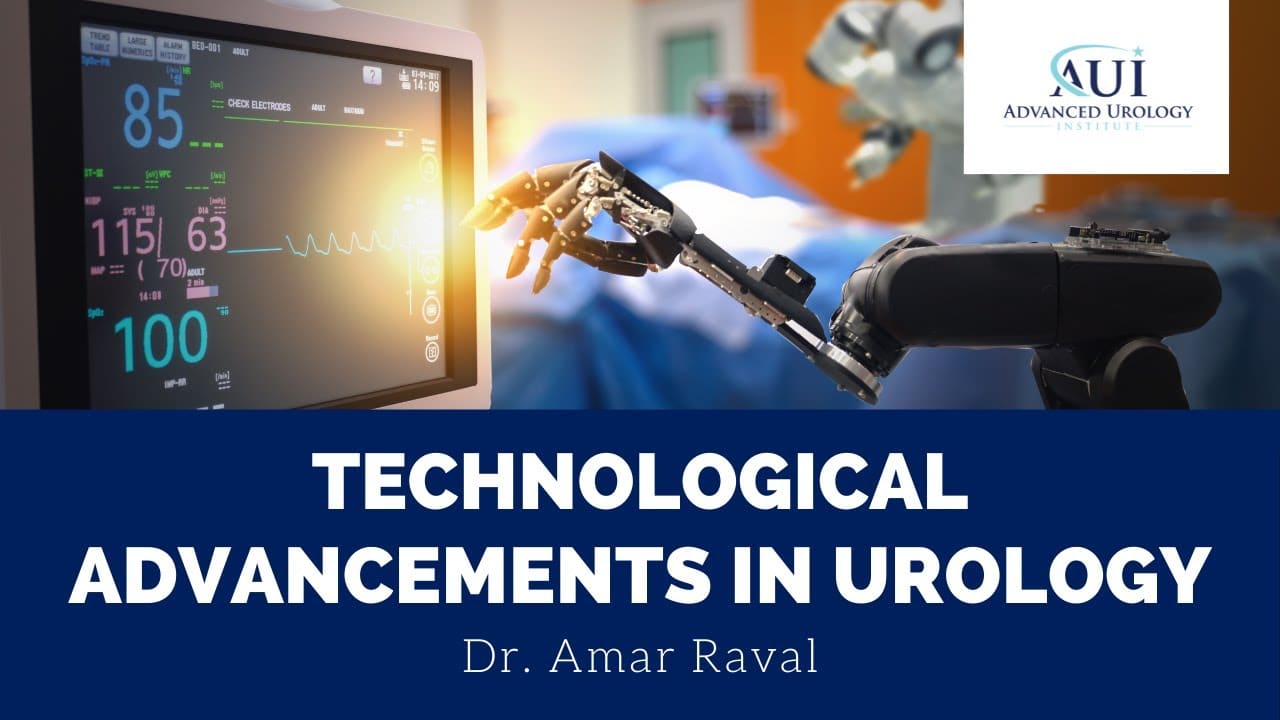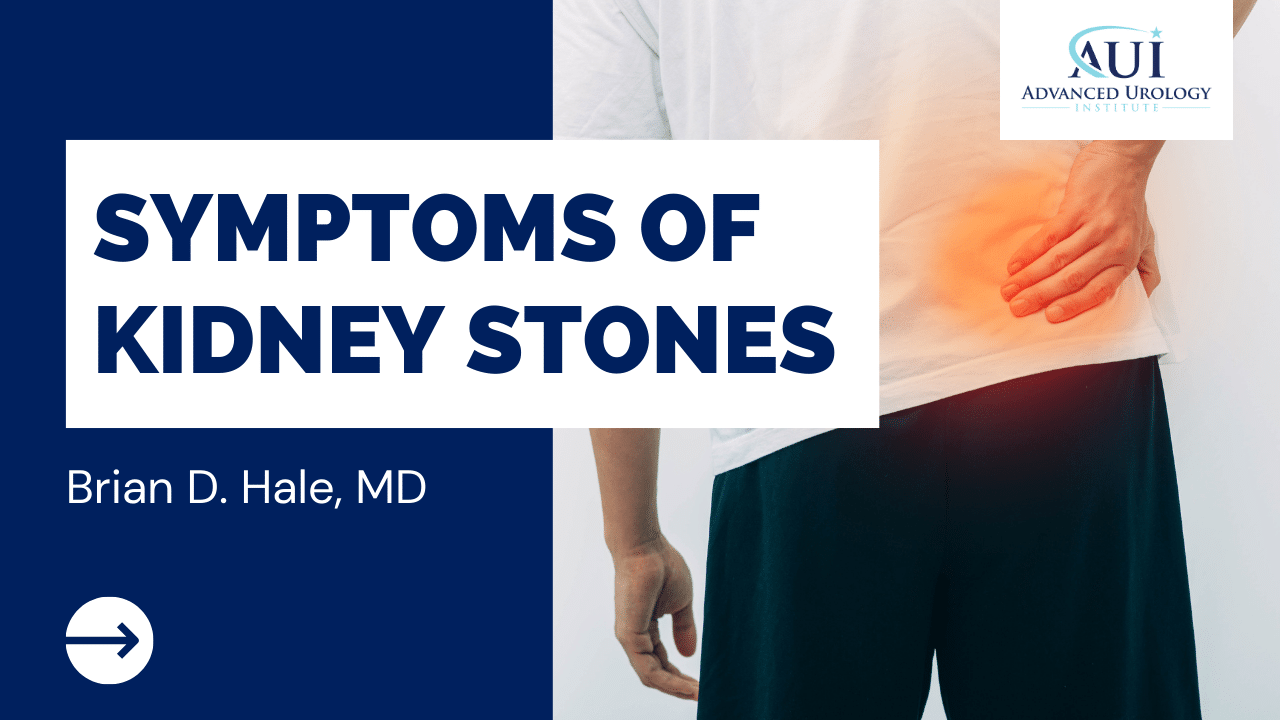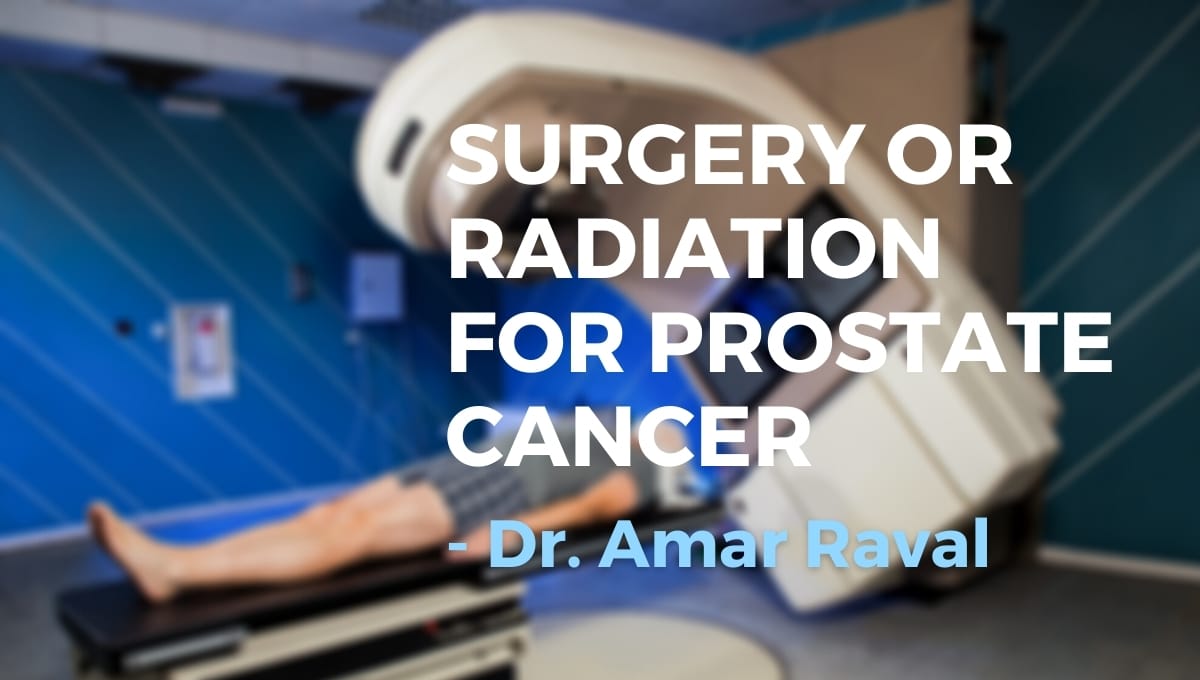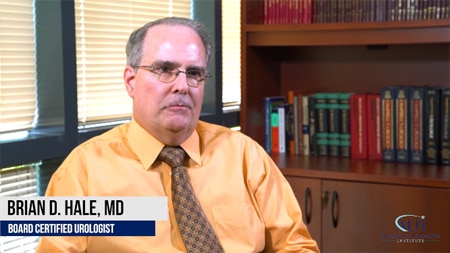PLEASANTON, CALIF. (PRWEB) APRIL 27, 2021
NeoTract, a wholly owned subsidiary of Teleflex Incorporated (NYSE:TFX) focused on addressing unmet needs in the field of urology, today announced that Lonnie T. Klein, M.D., Advanced Urology Institute in Safety Harbor, FL, has been designated as a UroLift® Center of Excellence. The designation recognizes that Dr. Klein has achieved a high level of training and experience with the UroLift® System and demonstrated a commitment to exemplary care for men suffering from symptoms associated with Benign Prostatic Hyperplasia (BPH), also known as enlarged prostate.
Recommended for the treatment of BPH in both the American Urological Association and European Association of Urology clinical guidelines, the FDA-cleared Prostatic Urethral Lift procedure using the UroLift System is a proven, minimally invasive technology for treating lower urinary tract symptoms due to BPH. The UroLift permanent implants, delivered during a transurethral outpatient procedure, relieve prostate obstruction and open the urethra directly without cutting, heating, or removing prostate tissue. The UroLift Center of Excellence program is designed to highlight urologists who are committed to educating their patients on BPH and the UroLift System as a treatment option and consistently seek to deliver excellent patient outcomes and experiences.
“This designation recognizes Dr. Lonnie T. Klein as a UroLift Center of Excellence for his commitment to providing safe and effective treatment to patients with BPH,” said Dave Amerson, president of the Teleflex Interventional Urology business unit. “We are pleased to see the continued acceptance of the UroLift System as a standard of care treatment that may allow men to discontinue the use of BPH medications and improve their quality of life.”
Over 40 million men in the United States are affected by BPH, a condition that occurs when the prostate gland that surrounds the male urethra becomes enlarged with advancing age and begins to obstruct the urinary system. Symptoms of BPH often include interrupted sleep and urinary problems and can cause loss of productivity, depression and decreased quality of life.
Medication is often the first-line therapy for enlarged prostate, but relief can be inadequate and temporary. Side effects of medication treatment can include sexual dysfunction, dizziness and headaches, prompting many patients to quit using the drugs. For these patients, the classic alternative is surgery that cuts, heats or removes prostate tissue to open the blocked urethra. While current surgical options can be very effective in relieving symptoms, they can also leave patients with permanent side effects such as urinary incontinence, erectile dysfunction, and retrograde ejaculation.
About the UroLift® System
The FDA-cleared UroLift System is a proven, minimally invasive technology for treating lower urinary tract symptoms due to benign prostatic hyperplasia (BPH). The UroLift permanent implants, delivered during a minimally invasive transurethral outpatient procedure, relieve prostate obstruction and open the urethra directly without cutting, heating, or removing prostate tissue. Clinical data from a pivotal 206-patient randomized controlled study showed that patients with enlarged prostate receiving UroLift implants reported rapid and durable symptomatic and urinary flow rate improvement without compromising sexual function*1,2. Patients also experienced a significant improvement in quality of life. Over 100,000 men have been treated with the UroLift System in the U.S. Most common adverse events reported include hematuria, dysuria, micturition urgency, pelvic pain, and urge incontinence. Most symptoms were mild to moderate in severity and resolved within two to four weeks after the procedure. The Prostatic Urethral Lift procedure using the UroLift System is recommended for the treatment of BPH in both the American Urological Association and European Association of Urology clinical guidelines. The UroLift System is available in the U.S., Europe, Australia, Canada, Mexico and South Korea. Learn more at www.UroLift.com.
About NeoTract | Teleflex Interventional Urology
A wholly owned subsidiary of Teleflex Incorporated, the Interventional Urology Business Unit is dedicated to developing innovative, minimally invasive and clinically effective devices that address unmet needs in the field of urology. Our initial focus is on improving the standard of care for patients with BPH using the UroLift System, a minimally invasive permanent implant system that treats symptoms while preserving normal sexual function*1,2. Learn more at http://www.NeoTract.com.
About Teleflex Incorporated
Teleflex is a global provider of medical technologies designed to improve the health and quality of people’s lives. We apply purpose driven innovation – a relentless pursuit of identifying unmet clinical needs – to benefit patients and healthcare providers. Our portfolio is diverse, with solutions in the fields of vascular and interventional access, surgical, anesthesia, cardiac care, urology, emergency medicine and respiratory care. Teleflex employees worldwide are united in the understanding that what we do every day makes a difference. For more information, please visit http://www.teleflex.com.
Teleflex is the home of Arrow®, Deknatel®, Hudson RCI®, LMA®, Pilling®, Rusch®, UroLift® and Weck® – trusted brands united by a common sense of purpose
For Teleflex Incorporated:
Jake Elguicze, 610.948.2836
Treasurer and Vice President, Investor Relations
Media:
Nicole Osmer, 650.454.0504 nicole@healthandcommerce.com
*No instances of new, sustained erectile or ejaculatory dysfunction
1. Roehrborn, J Urology 2013 LIFT Study
2.McVary, J Sex Med 2016
MAC00968-01 Rev A




















 I started private practice in 1995, and from 1995 until the last five (5) years or so, I didn’t have any
I started private practice in 1995, and from 1995 until the last five (5) years or so, I didn’t have any